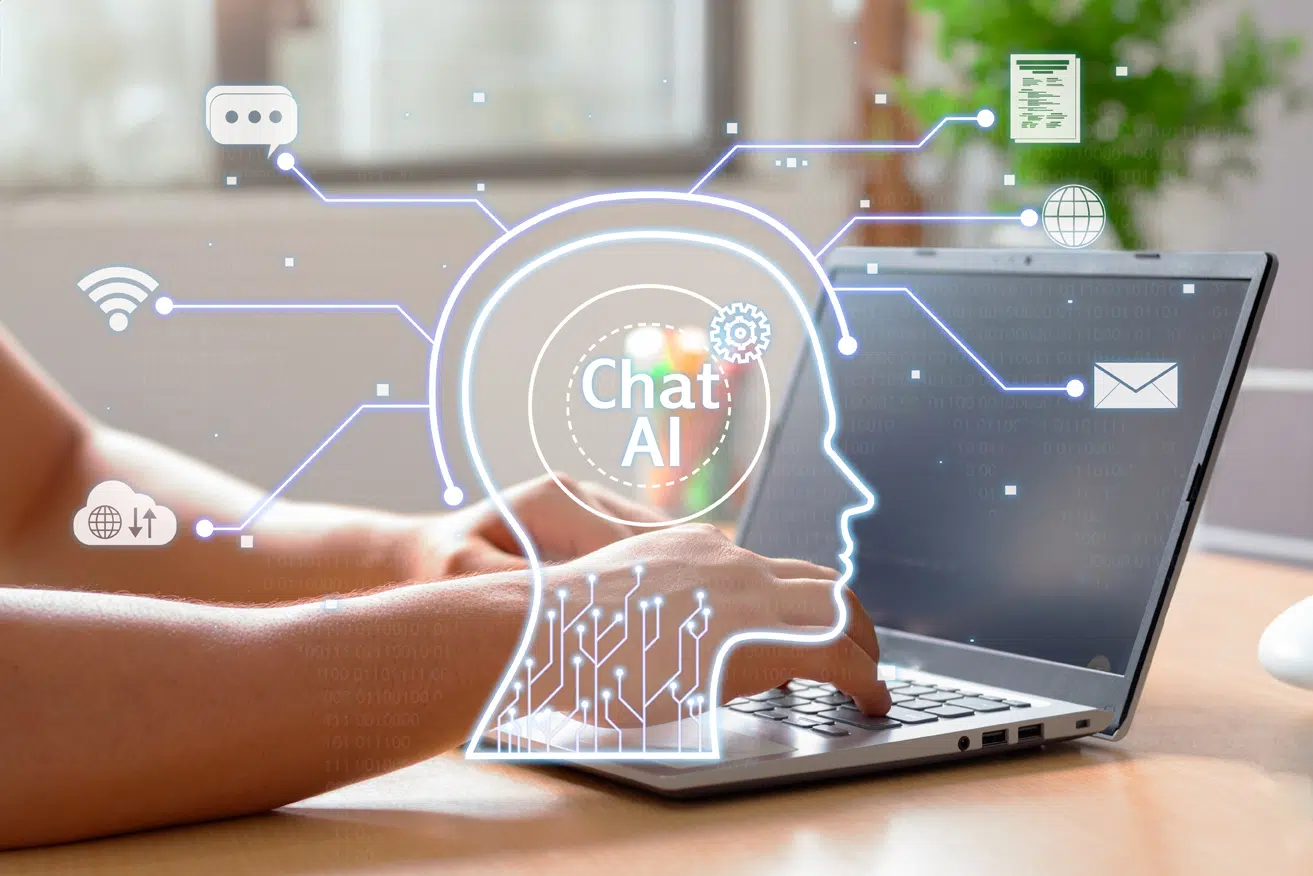In essence, artificial intelligence (AI) is a chatbot that uses contextual intelligence based on trained models to handle up to 300 million input parameters at lightning speed with lightning-fast response times; in my opinion, it is a more intelligent tech stack with massive computing, an innovative trained model which has human intelligence to train itself based on massive global adoption. It becomes more intelligent and brighter as usage spikes.
Artificial intelligence (AI) is a rapidly developing field with many applications. As AI systems become more sophisticated, evaluating their performance and impact is essential. There are several ways to evaluate AI systems, and the most appropriate approach will vary depending on the specific application.
Some standard methods for evaluating AI systems include:
- Accuracy: This is the most common measure of performance, and it measures how often the system correctly predicts the correct output.
- Robustness: This measures how well the system performs in the presence of noise or other disruptions.
- Interpretability: This measures how easily humans can understand how the system works.
- Fairness: This measures how the system treats different groups of people.
In addition to these technical measures, it is also essential to evaluate the impact of AI systems on society. This includes considering the potential benefits and risks of AI and the potential for AI to be used for malicious purposes.
The evaluation of AI systems is a complex and challenging task. However, it is essential to ensure that AI is used responsibly and ethically.
Here are some of the benefits of AI:
- Improved efficiency: AI can automate tasks currently performed by humans, leading to improved efficiency and productivity.
- Increased accuracy: AI can improve the accuracy of predictions and decision-making.
New insights: AI can generate new insights and discoveries that would be difficult or impossible for humans to achieve independently.
Here are some of the risks of AI:
- Job displacement: As AI systems become more sophisticated, they may be able to perform tasks that humans currently perform. This could lead to job displacement and unemployment.
- Bias: AI systems can be biased, leading to unfair or discriminatory outcomes.
- Malicious use: AI systems could be used for malicious purposes, such as hacking, fraud, or terrorism.
It is essential to weigh the benefits and risks of AI before deploying AI systems in real-world applications. It is also essential to develop safeguards to mitigate the risks of AI.
The technology stack for developing AI systems can vary depending on the application. However, some standard technologies are often used in AI development.
Here are some of the most common technologies for developing AI systems:
- Programming languages: AI systems are typically developed using programming languages such as Python, R, and Java. These languages provide various features useful for AI development, such as object-oriented programming, data structures, and algorithms.
- Machine learning frameworks: Machine learning frameworks provide a high-level API for developing and training machine learning models. These frameworks can make it easier to develop AI systems, as they handle many low-level details of machine learning. Some popular machine learning frameworks include TensorFlow, PyTorch, and sci-kit-learn.
- Data storage and processing systems: AI systems require large amounts of data to train and operate. Data storage and processing systems are used to store and process this data. Some popular data storage and processing systems include Hadoop, Hive, and Spark.
Cloud computing platforms: Cloud computing platforms provide a scalable and cost-effective way to deploy AI systems. These platforms offer various services, such as computing, storage, and networking, that can be used to build and deploy AI systems. Some popular cloud computing platforms include Amazon Web Services, Microsoft Azure, and Google Cloud Platform.
In addition to these technologies, several other tools and resources can be used for AI development. These include:
- Online courses: Several courses can teach you the basics of AI development. These courses can be a great way to learn about AI and get started with development.
- Online communities: You can connect with other AI developers in several online communities. These communities can be an excellent resource for getting help and advice.
- Conferences and workshops: A number of conferences and workshops are held on AI. These events can be a great way to learn about new developments in AI and network with other developers.
The technology stack for developing AI systems is constantly evolving. As new technologies emerge, they can be used to improve the performance and capabilities of AI systems. By staying up-to-date on the latest technologies, you can ensure that you use the best tools for your AI development needs.




